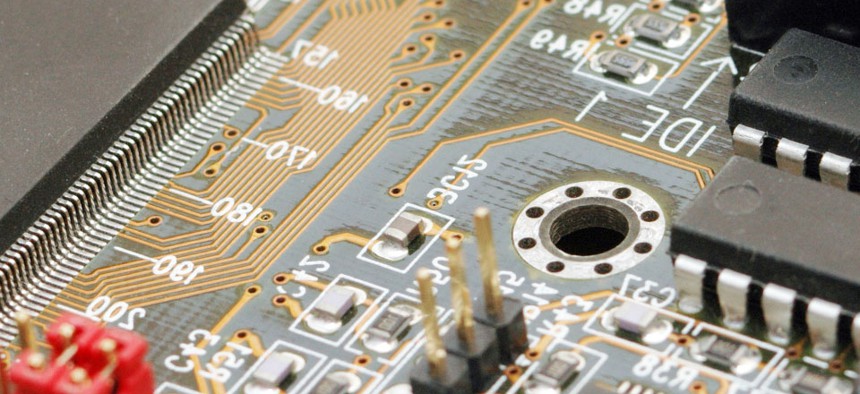Congress Tells Energy Dept. to Develop 'Exascale' Computers in 10 Years

Denis Tabler/Shutterstock.com
Devices will be 1,000 times faster than today’s record holder and help with nuclear and big data analysis.
Congress is directing the Energy Department to take the next decade to develop a new class of supercomputers capable of a quintillion operations per second to model nuclear weapons explosions, according to language in the 2014 National Defense Authorization Act passed by the House last week, with a Senate vote expected this week.
Department officials believe they could develop exascale supercomputers within 10 years, according to estimates offered at an Advanced Scientific Computing Advisory Committee meeting in Denver last month.
The exascale supercomputers will operate at a speed 1,000 times faster than the current record holder, a machine developed by China’s National University of Defense Technology that performs just under 34 quadrillion calculations per second, William Harrod, an ASCR division director told the conference.
Besides weapons research and simulation, Harrod said exascale computers would help support processing of complex “big data” sets, including climate modeling and genomics, with the first system slated to go into operation in 2023.
Energy jump-started exascale computer development with contracts valued at $62.4 million awarded to AMD, IBM, Intel and NVIDIA in 2012 and followed up with $25.4 million in contracts to the same companies along with Cray in the fall of 2013.
These contracts cover system interconnect architectures, open network protocol standards, “massively threaded” multiple processors and energy efficient systems, Harrod said.
New architectures and algorithms need to be developed to support exascale computing, Rick Stevens, a lab director at Argonne National Laboratory, told a hearing of the Energy subcommittee of the House Science, Space and Technology Committee in May.
Exascale research also will need to significantly reduce electric power requirements, Stevens said. Today’s most powerful computers require a few megawatts at a cost of about $1 million per megawatt per year, he said. Even though exascale computers will operate 1,000 times faster, Stevens said, Argonne wants to hold power consumption down to 20 megawatts.
Harrod agreed, saying Energy plans to develop exascale computers that consume the same amount of energy as today’s supercomputers.
(Image via Denis Tabler/Shutterstock.com)






